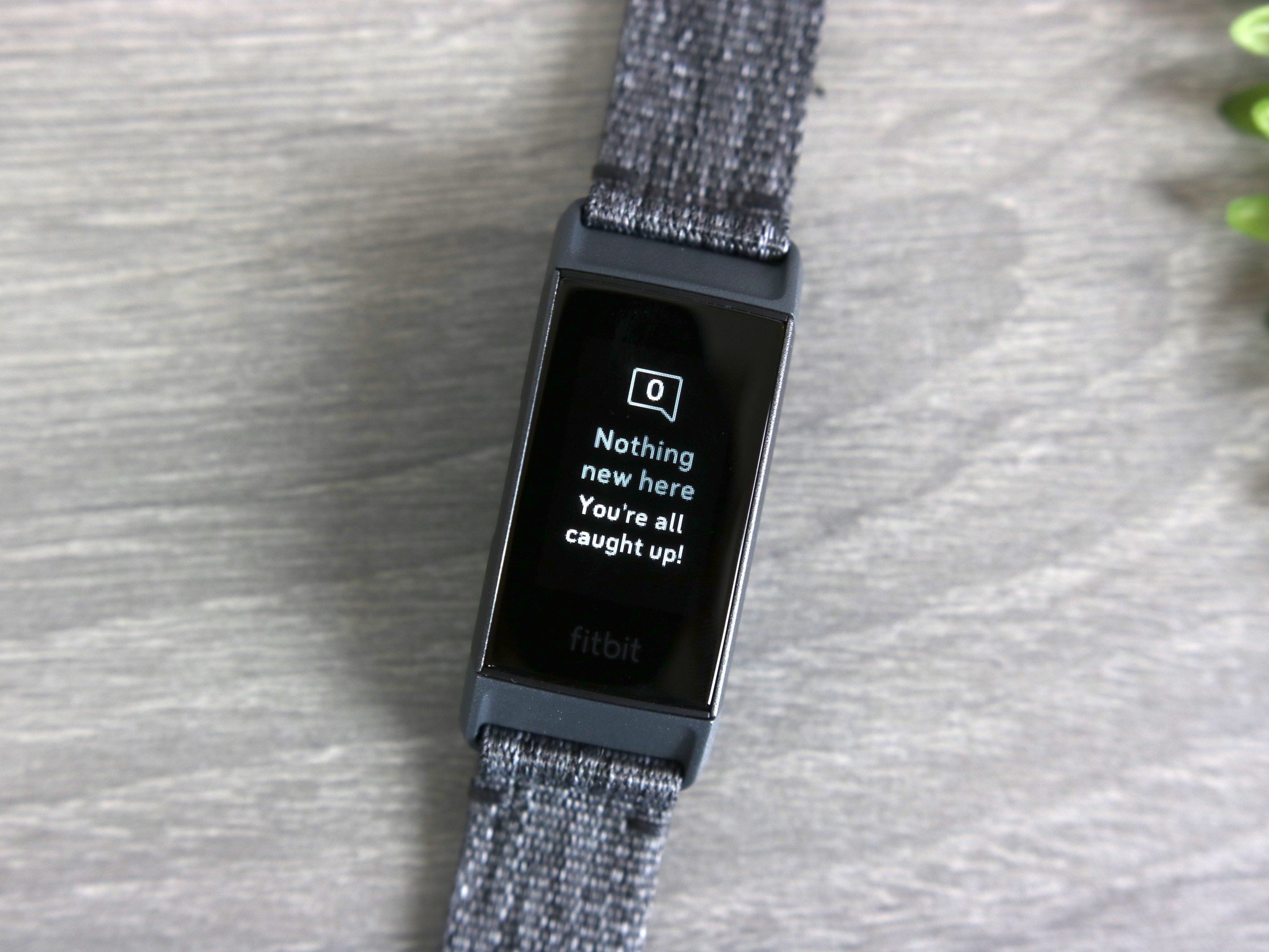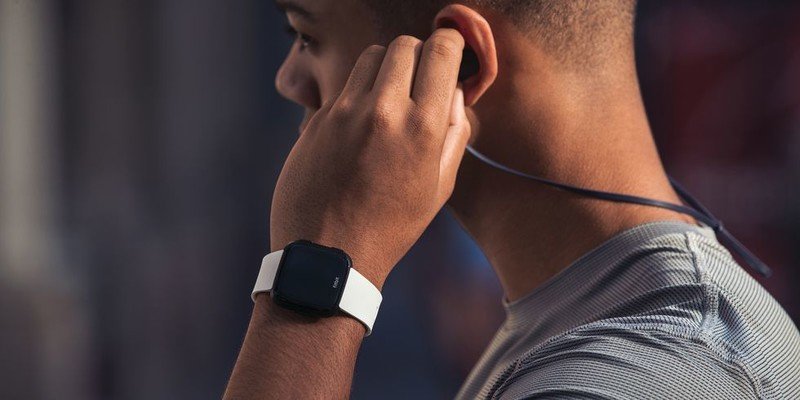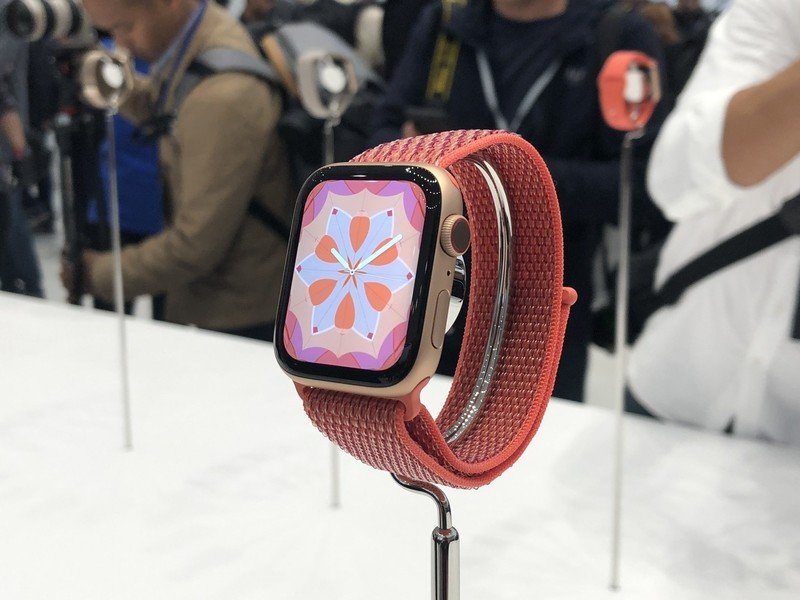I'm big and black and heart rate monitors are terrible for people like me

It wasn't long ago that I shared with you guys my plans to lose weight and lead a healthier lifestyle. I'm happy to report those changes are finally starting to take root (I'm down to 460!!), but there is one aspect about this journey that I wish I didn't have to deal with: tracking my heart rate.
I've always told myself I wasn't going to obsess over numbers and readings in the early days because the most important thing was to buy into a whole new lifestyle, but one of the things I wanted to stay on top of was tracking my heart rate during workouts. Yoga is new and hard for me, so I sought extra validation that I was doing it right.
The only problem is that heart rate monitors can suck for people like me. It's not due to any psychological effects I get from thinking about fitness (I used to get a lot of anxiety about it). It has nothing to do with the quality of the products. There isn't some irrational manufacturer bias for people of certain walks. No, it's all down to pure science.
It feels really bad when you find out there's no single product that's right for you.
First, we have to understand how these heart rate sensors work. There are two types of technology used in products meant for your average consumer. The most common and flexible of those is based on photoplethysmography, an optical technology. It's the form you often see in smartwatches and, in the case of Samsung's Galaxy line, on the back of the phone next to the LED flash.
These types of sensors use light-refracting techniques to read the blood flowing throughout your body. It uses its sensors to detect the rhythm, and an algorithm takes that data to spit out a useful reading to your smartwatch or smartphone app.
It sounds nice until you learn that it's not the most accurate technology. It requires constant contact with the skin. My wrists are larger than average, and I have to suffer a pretty tight fit for the most accurate reading (that's if I can even fit the thing at all). People with exceptionally thin wrists have similar issues because the fit isn't as tight as it needs to be, so this problem isn't exclusive to big people.

OK, I lost some weight. These fitness trackers and watches should fit a bit better now, but wait, I'm still having issues. Why? Oooooh, all the sweat I produce during my workout is making it tough for the sensor to work correctly. I have to sweat to get my blood flowing. That's just how it works for us big people.
Get the latest news from Android Central, your trusted companion in the world of Android
But then I tried one of these things in a sedentary state, and I was still having issues. Why? Well, it's a light-based technology, and it's hard for the sensors to pick up on blood flow through my darker skin. It can read a little bit, but the readings are wildly inaccurate and unreliable.
It's not because device makers are racist — believe me, it drove me crazy seeing headlines like that in the media a few years back when these products were exploding in popularity. I knew how silly it sounded to think these companies were actively trying to make products only meant for fair-skinned people, something that's permissible in the makeup industry, but not so much in tech.
If something doesn't work, you keep trying and looking for something that does.
But the reality of it is that I'm black, and that technology doesn't work as well for my darker skin color as it does for others. Darker skin can't absorb light as well as fairer skin, so it's harder for the light to penetrate my skin cells fully.
That's fine. I tried something less discriminating — one of Polar's more affordable chest strap options. These variants use electrocardiography (ECG) technology to read your pulse. That is, it uses electrodes to capture the physical vibrations of your veins, thus eliminating the issues related to skin color and moisture. In fact, it needs moisture to work properly, which is why manufacturers suggest wetting the contact pad up a bit before your workout. The sweat takes over at some point.
It sounded like it solved all my issues, but I had to endure some harsh discomfort to use it. These things work best when the contact pad stays in touch with your skin and doesn't move. This was a problem with my Polar for one embarrassing reason: the strap wasn't long or flexible enough to wrap around my body comfortably.

The strap squeezed me like a boa constrictor. It affected blood flow in certain areas of my torso. The immense amount of fat under my skin made it difficult for the pad to stay still while I'm moving around, because fat doesn't stay still like muscle.
I often finished my workouts with incomplete data because the contact pad had flipped over at some point. I didn't even feel it happen. There are wider straps out there, but these things can prove difficult to put on, and even more difficult to keep in place. It certainly wasn't as fun as other people made it seem, and then I realized those other people probably weigh a lot less than I do. I'm not so sure I'd like it more than having a reliable smartwatch, anyway.
Apple has the best solution for me right now. The Apple Watch Series 4 is one of the only smartwatches on the market that uses electrocardiography for monitoring heart rate. Others have tried, and more are on the way, but the Apple Watch is the first mainstream consumer product that integrates it so cleanly.

It's a shame because I'm not currently an Apple user. I can't get the most out of the Apple Watch unless I buy an iPhone. I'll be able to use many of the features without connecting it to a bitten fruit device, especially if I were to buy the 3G model. But I have a hard time spending that much money on something I wouldn't be able to get full value from.
That's why I'm looking toward Withings and its take on the tech. It promises the same advantages, potentially at cheaper price points and fully compatible with far more smartphones. I'm keeping my finger on that pulse from now on, and if that sucks, I'll probably cave in and get the Apple Watch.
I want to approach fitness from a more data-oriented vantage point, but the tech doesn't make sense for me yet. I'll keep my finger on my own pulse to figure out how I'm doing in the meantime.


